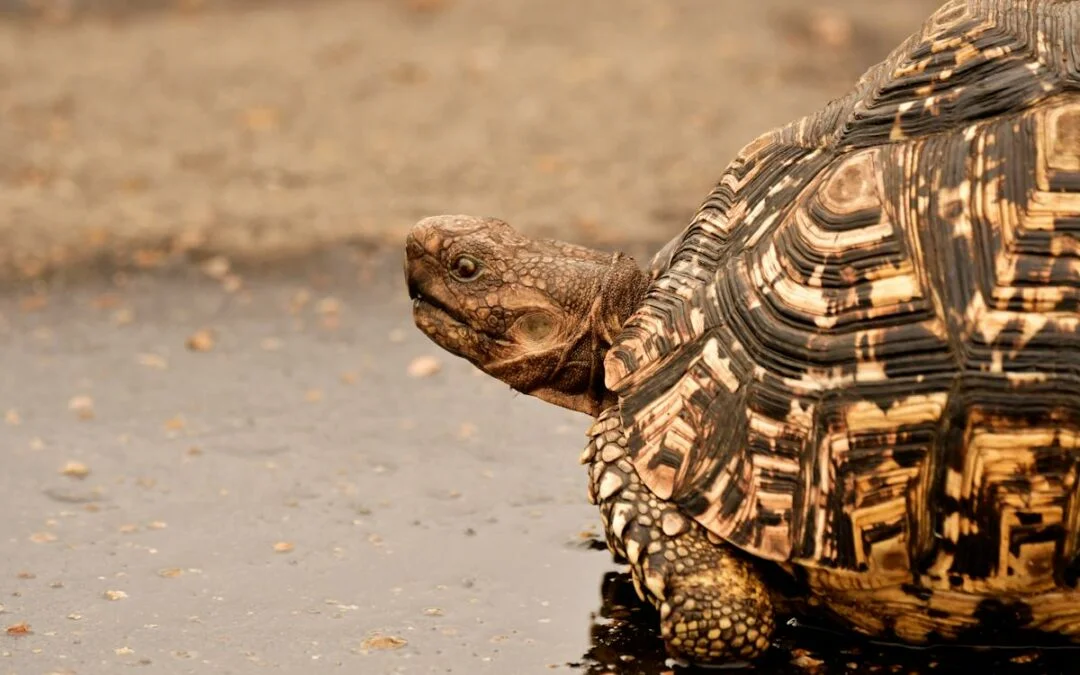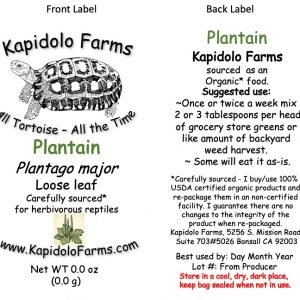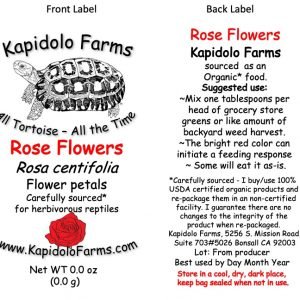Tortoises and turtles both belong to the Chelonian reptile group. Frequently, we use the terms “turtle” and “tortoise” interchangeably. However, tortoises specifically refer to species that live exclusively on land, whereas turtles can inhabit both land and water.
Both tortoises and turtles are recognized as some of the longest-living species that can also be kept as pets. If you’re considering having one of these species as a pet, it’s crucial to understand that it entails a significant amount of commitment to ensure proper care throughout their lives. By providing this care and commitment, you can establish a genuine, lifelong companionship with these fascinating creatures.
Learn About the Lifespan of Turtles
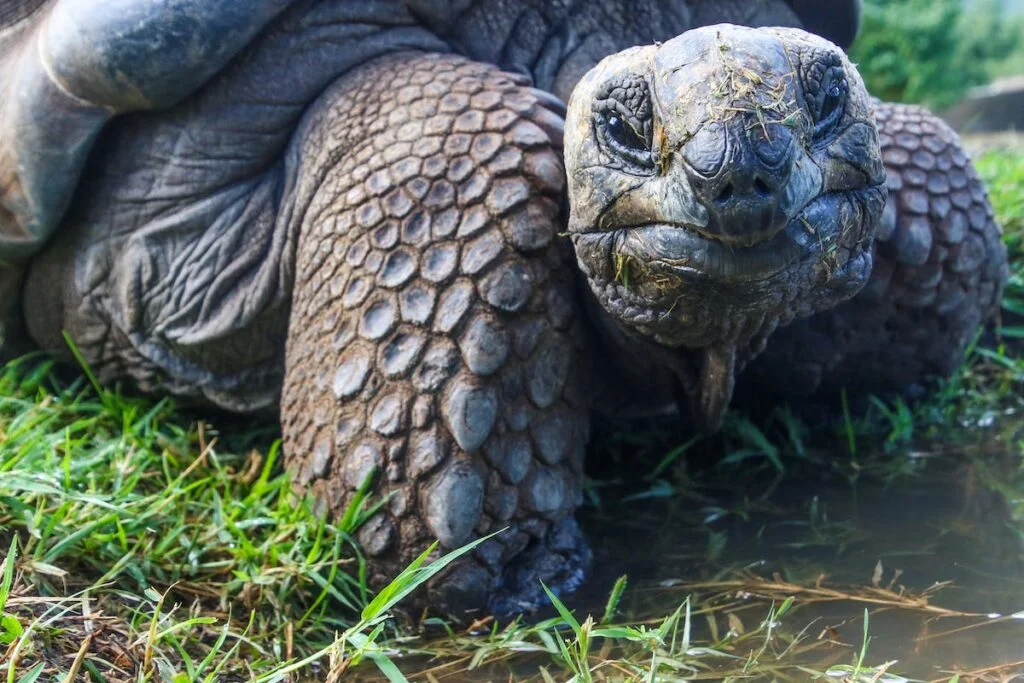
It is important to know that the lifespan of a tortoise or a turtle will greatly depend on the type of species. Some species could live between 10 to 20 years, while others can last up to 150 years. Generally, most tortoise and turtle species can live into their 50s, provided that they are given appropriate care.
Typically, most tortoises and turtles can live longer in captivity than in the wild. In the wild, they have to find their own food while trying to evade predators, and they don’t have regular veterinary care. On the other hand, if they are cared for as pets, tortoises and turtles can be challenging to care for. A nutrient-deficient diet and an inappropriate environment can often make them sick, leading to extremely short lifespans. That’s why you need to research each species and work with a reptile veterinarian to satisfy their specific needs.
Generally, aquatic turtles can live between 20 and 30 years in captivity, and there are even others that can live much longer. While tortoises are more renowned for their longevity. In fact, some have been estimated to live between 100 to 150 years. Keep in mind that the lifespan of a turtle and tortoise will depend on their species.
Leopard tortoises and Greek tortoises have a lifespan of 100 years or more. Horsfield’s (Russian) tortoise and Mediterranean tortoise can live between 50 to 100 years. Box turtles can last between 20 to 50 years, Painted turtles between 25 to 50 years, Map turtles between 15 to 25 years, and Spiny softshell turtles can last up to 50 years.
Usually, sexual maturity will depend on the size of the turtle rather than their age. The rates of growth will greatly depend on the availability of food and the quality of care. For instance, the red-eared slider, which is a common pet turtle, can only be sexually mature when the female’s shell is between 6 to 7 inches, and the male’s shell is already 4 inches. Most likely, this can occur from two to seven years, depending on the quality of food and the care being provided.
Oftentimes, tortoises and turtles can only be sexually mature once they have reached 10 years. Furthermore, tortoises and turtles can only lay one clutch of eggs each year, which can occur in the early summer and spring. Although there are also some species that can lay several clutches of eggs throughout the year.
A female turtle can lay between one to 25 eggs, and it will take several months to mature before hatching. Sometimes the sex of the hatchling will greatly depend on the temperature of the eggs while being incubated. But this is only applicable in some species.
Why Do Some Turtles Live Longer Than Others?

Usually, larger species of tortoises and turtles can outlive the smaller ones. Nevertheless, there are also smaller turtles that can last between 15 to 25 years. That is why pet parents should be ready to take a long-term commitment when they are having these species as pets.
One of the factors that play a significant role in the longevity of tortoises and turtles is genetics since they could develop cancer and other diseases that can shorten their lives. Also, improper care could cause serious issues with captive tortoises and turtles. As a pet parent, you should consider that every species has their own particular needs, such as temperature and humidity, vitamin supplementation, housing size, diet, water quality, UV light exposure, and enrichment.
When doing research on different species, you will discover that each species comes from different environments. Some of these species can be found in humid areas, while others are pure desert creatures, and still there are others that are living in the water for their entire lives. With these differences, pet parents can decide which species are more suitable for their living situation. For instance, desert tortoises can live well outside in hot areas such as in the Southwest, but when they are in the Midwest, they need an indoor habitat.
Most often, tortoises and turtles that are in captivity can likely suffer from care-related illnesses. They often have calcium and vitamin A deficiencies because of improper lighting and a poor diet. While they are in captivity, they can be prone to parasites and abscesses, aside from acquiring bacterial and viral infections.
Sometimes these captive tortoises and turtles can suffer from shell damage due to a bite from a dog. That is why it is important that you should isolate your tortoise or turtle from your dogs or cats to prevent any attacks. Additionally, new reptiles should be quarantined to prevent the spread of disease.
How Can You Improve the Lifespan of Your Pet Turtle or Tortoise?
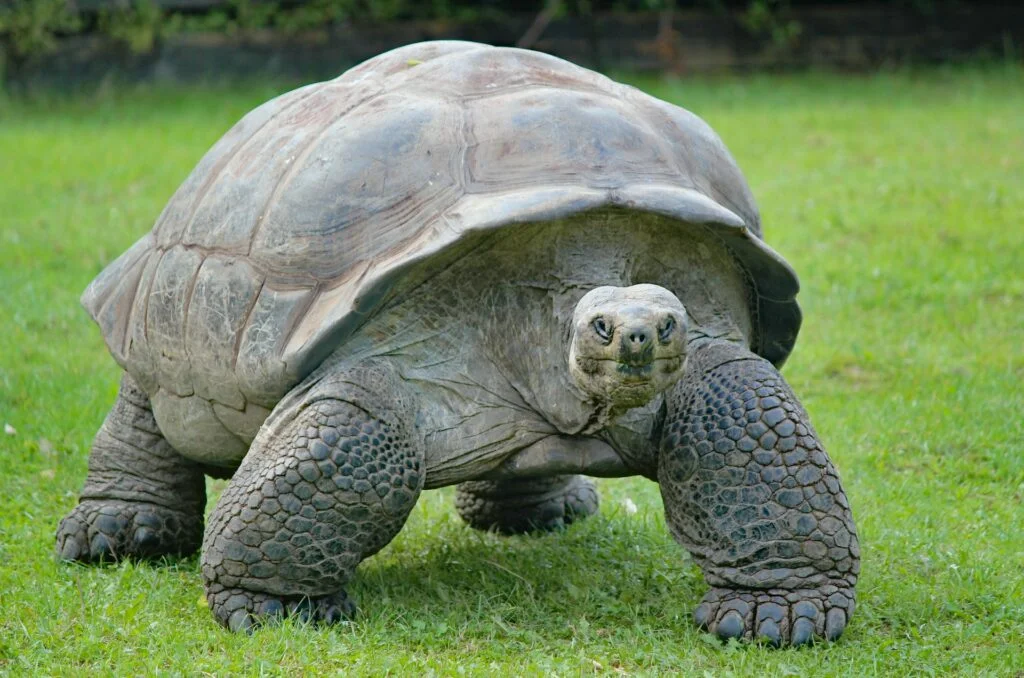
The good news is, with total commitment, proper research, and a secured relationship with a reptile veterinarian, tortoises and turtles can be excellent family pets.
These days, there are several wildlife sanctuaries and zoos that are overcrowded with abandoned tortoises and turtles, so if you are trying to adopt these species, then you should check these places. Most likely, they can even help you properly care for your tortoise or turtle. The following are some of the essential factors for turtle and tortoise care.
Diet
It is important to know that a number of tortoises are herbivores; hence, they require abundant grass and grass hays. In addition to feeding them greens, such as dandelion greens, mustard greens, collard greens, and romaine lettuce, you can also give them vegetables like squash, zucchini, and green beans. Although pellets are available, they should not be their main dietary staple since they could cause kidney problems in tortoises.
There are also many turtles that are omnivores, meaning they eat both plants and animals. While you can offer pellets to these species, be sure that it does not exceed 25% of their overall diet.
Occasionally, you can give them fruits, and there’s no doubt that they will enjoy it. However, you should only offer this as a special treat and avoid giving more than five percent of their diet. Some of their favorite fruits include papaya, cantaloupe, watermelon, mango, banana, and strawberries.
Housing
If you are keeping a tortoise as a pet, then you must know that they require big pens and shelter. Typically, it’s best if you put them outdoors since they require a large space. Keep in mind that tortoises cannot swim, hence, you should not allow them to go to ponds or other deep water. They require fresh, clean water to soak and drink every day. Tortoises are also great escape artists. They burrow under the fences so they can escape so you should be mindful of this when creating their pen.
On the other hand, semiaquatic and aquatic turtles need a large area where they can bask, swim, and hunt. It is important that the tank water is of good quality since they will be spending most of their time there. For the longevity of semiaquatic and aquatic turtles, frequent water changes, water testing, good filtration, and cleaning are necessary. Unclean water can result to ulceration, infection, shell erosion, dermatitis, and death.
Kapidolo Farms offers various food items for tortoises. For more information, you can call us at 215-483-7675 or email us at kapidolofarms@gmail.com.


